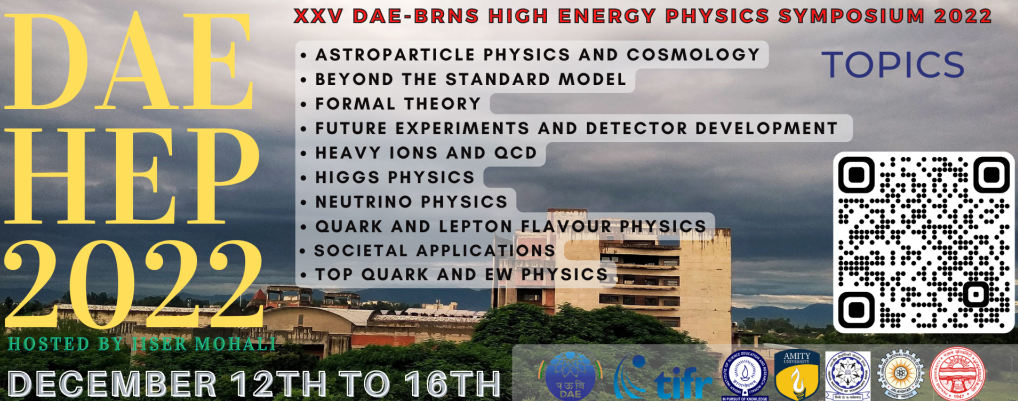Speaker
Description
The construction of a cosmic muon veto detector (CMVD) is in progress to shield the mini-Iron Calorimeter detector at IICHEP, Madurai. The goal of the CMVD is to study the feasibility of a shallow depth (100 m) neutrino experiment. The estimated reduction in cosmic muon flux will be $10^{6}$ at a depth of 1 km. The same order of reduction in cosmic muon flux at a shallow depth (100 m) will be possible, only if the cosmic muon veto detetor will have veto efficiency of more than 99.99$\%$ and fake rate of less than $10^{-5}$.
The CMVD will consist of $\sim$ 4.5 m long extruded plastic scintillators (EPSes), WLS fibre to collect the scintillation photons and the silicon-photomultipliers (SiPMs) for the readout. A total of 760 EPSes will be required in making of the CMVD. Two EPSes will be glued together to make one unit called di-counter. It is essential to test all the components (i.e. di-counters, SiPMs and the readout electronics) of the CMVD before installation to achieve the required veto efficiency goal. To test the di-counters, a cosmic muon coincidence setup is made using additional three di-counters to generate a trigger of cosmic muon trajectory. DRS modules are used to collect muon signals of the test di-counters. This paper will cover the details of the experimental setup and the test results for all the tested di-counters.
| Session | Future Experiments and Detector Development |
|---|
